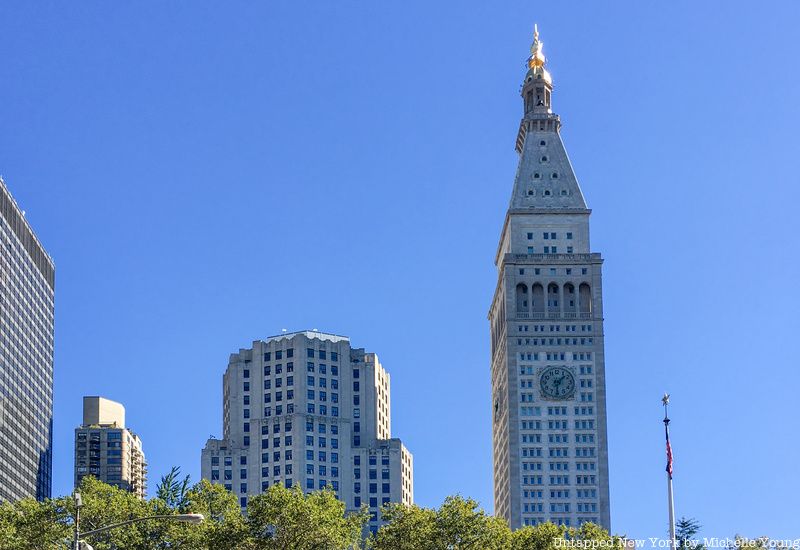The Berkshires Bowling Alley that Inspired "The Big Lebowski"
It’s been 36 years since the release of The Big Lebowski, the irreverent cult comedy by Joel and Ethan


We all know the Metropolitan Life Insurance Building on Madison Square Park with its distinctive tower rising high on the skyline. Yet, many people don’t realize that there could have been another, very different MetLife tower if one architect’s plans had come to fruition.
Harvey Wiley Corbett was born in San Francisco in 1873 and studied at the Ecole des Beaux-Arts in Paris. Corbett worked as a draftsman with Cass Gilbert (architect of the Woolworth Building), but it was his collaboration with Hugh Ferriss on drawings of what a skyscraper city could look like while abiding by the 1916 Zoning Laws that made his work well known. He turned his theoretical work into reality by building incredible Art Deco skyscrapers.
Corbett left working for John Rockefeller in order to have the chance to design the tallest building in the world. Metropolitan Life (MetLife) Insurance, whose tower inspired by St. Mark’s Campanile in Venice on Madison Square Park had been the tallest building in the world, wanted to reclaim their lost title.
The new building was to be located in the full block site between East 24th and East 25th Streets, next to the company’s headquarters at the time. In what can only be described as a cross between Gaudi and Art Deco (with a little Moderne thrown in), MetLife’s new building would have been mountainous.

In 2020, a sky bridge between the two Metropolitan Life Company Buildings was demolished.
Construction began in 1928, but was never completed. While construction continued throughout the Great Depression, Black Tuesday took its toll. By 1933, construction was terminated. The 28 story stump of 11 Madison Avenue/the North Building stands as a testament to what might have been.
See more from our NYC That Never Was column.
Subscribe to our newsletter